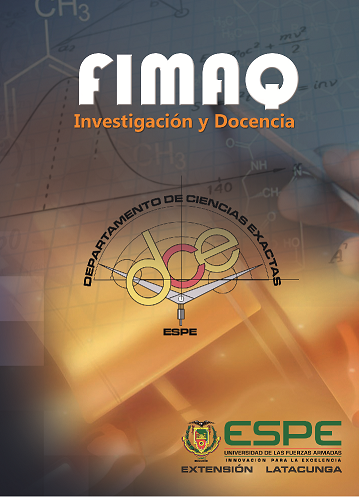LA ENERGÍA QUÍMICA EN LOS PROCESOS INDUSTRIALES
Contenido principal del artículo
Resumen
El incremento de la demanda energética por parte de los procesos industriales ha motivado a desarrollar tecnologías que de manera eficiente optimicen reacciones químicas tradicionales como la combustión. Este manuscrito muestra cómo incrementa la difusión de un gas como el oxígeno al ser inyecto a velocidades supersónicas dentro de un líquido, en este caso el acero para reaccionar exotérmicamente con el carbono presente en el mismo y aportar energía química al proceso de fusión.
Detalles del artículo
Número
Sección
Artículos
Los autores/as que publiquen en esta revista aceptan lo siguiente:
Los autores/as conservan los derechos de autor y ceden a la revista el derecho de la primera publicación, con el trabajo registrado con la licencia de atribución de Creative Commons, que permite a terceros utilizar lo publicado siempre que mencionen la autoría del trabajo y a la primera publicación en esta revista.
